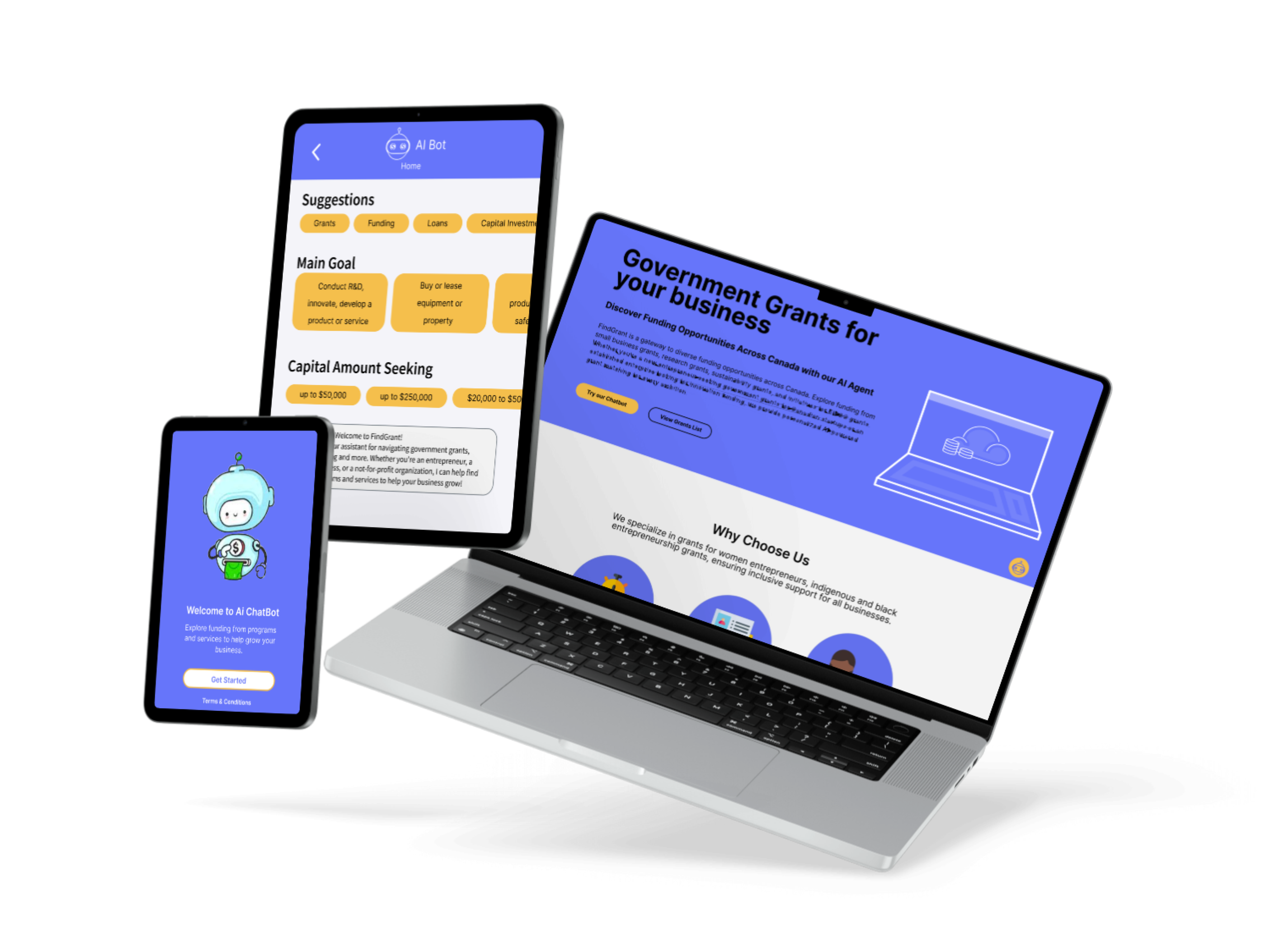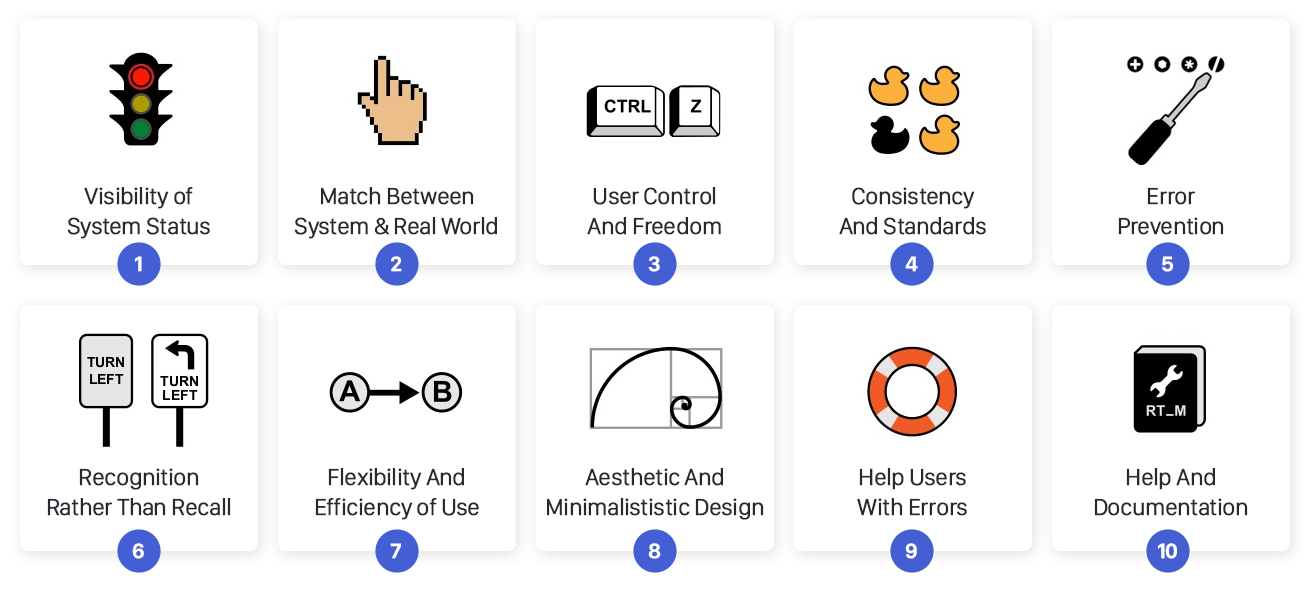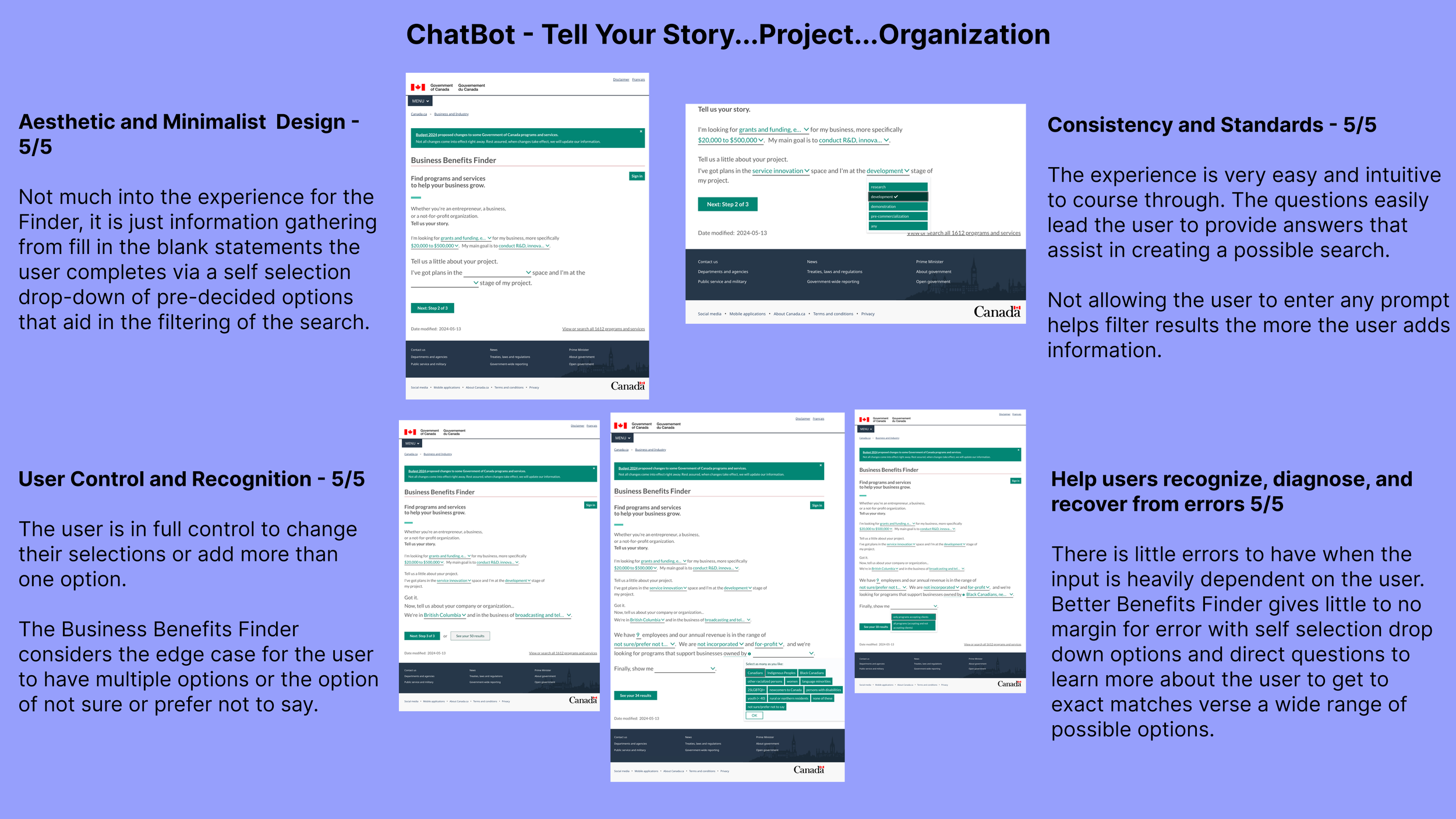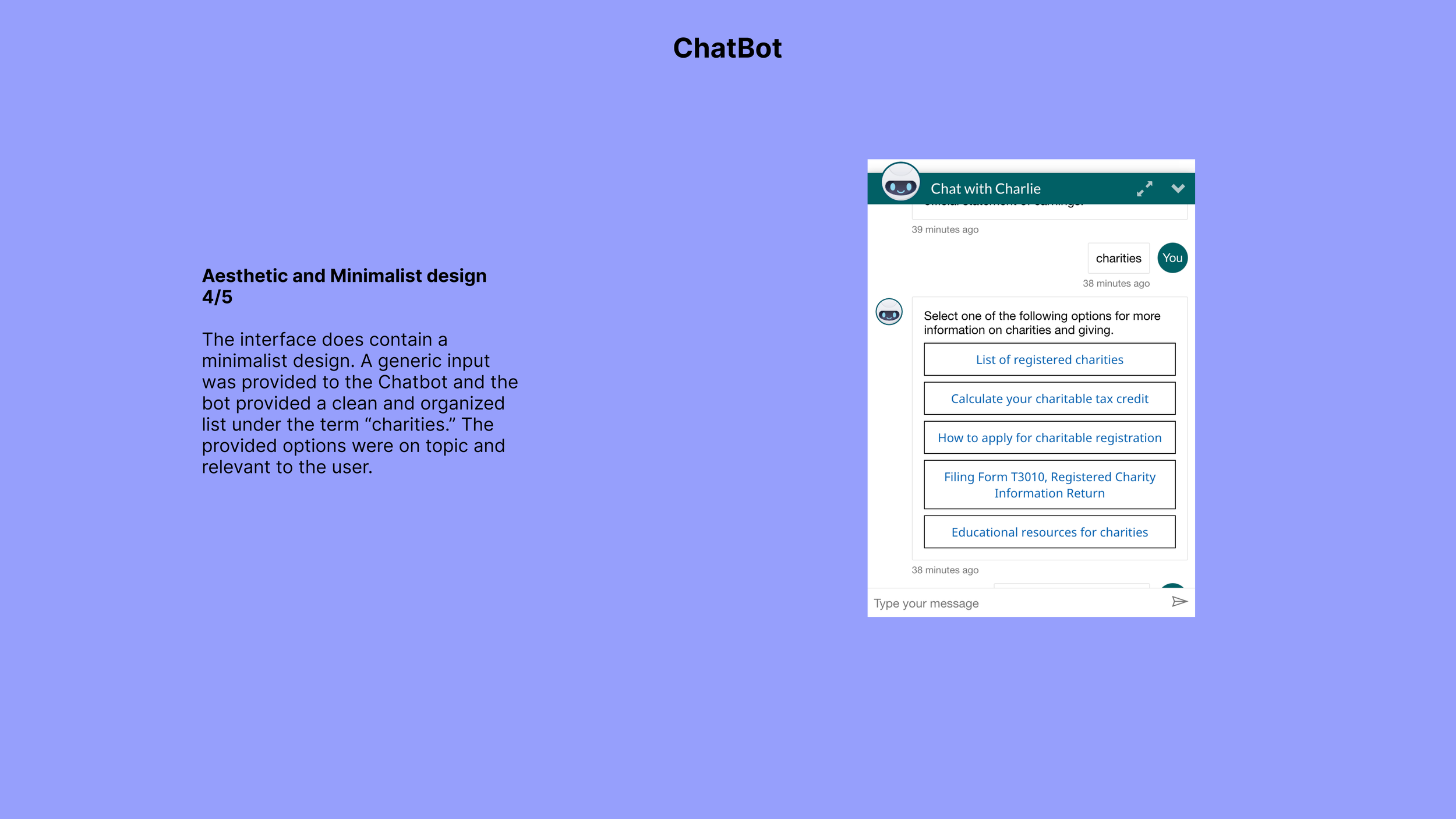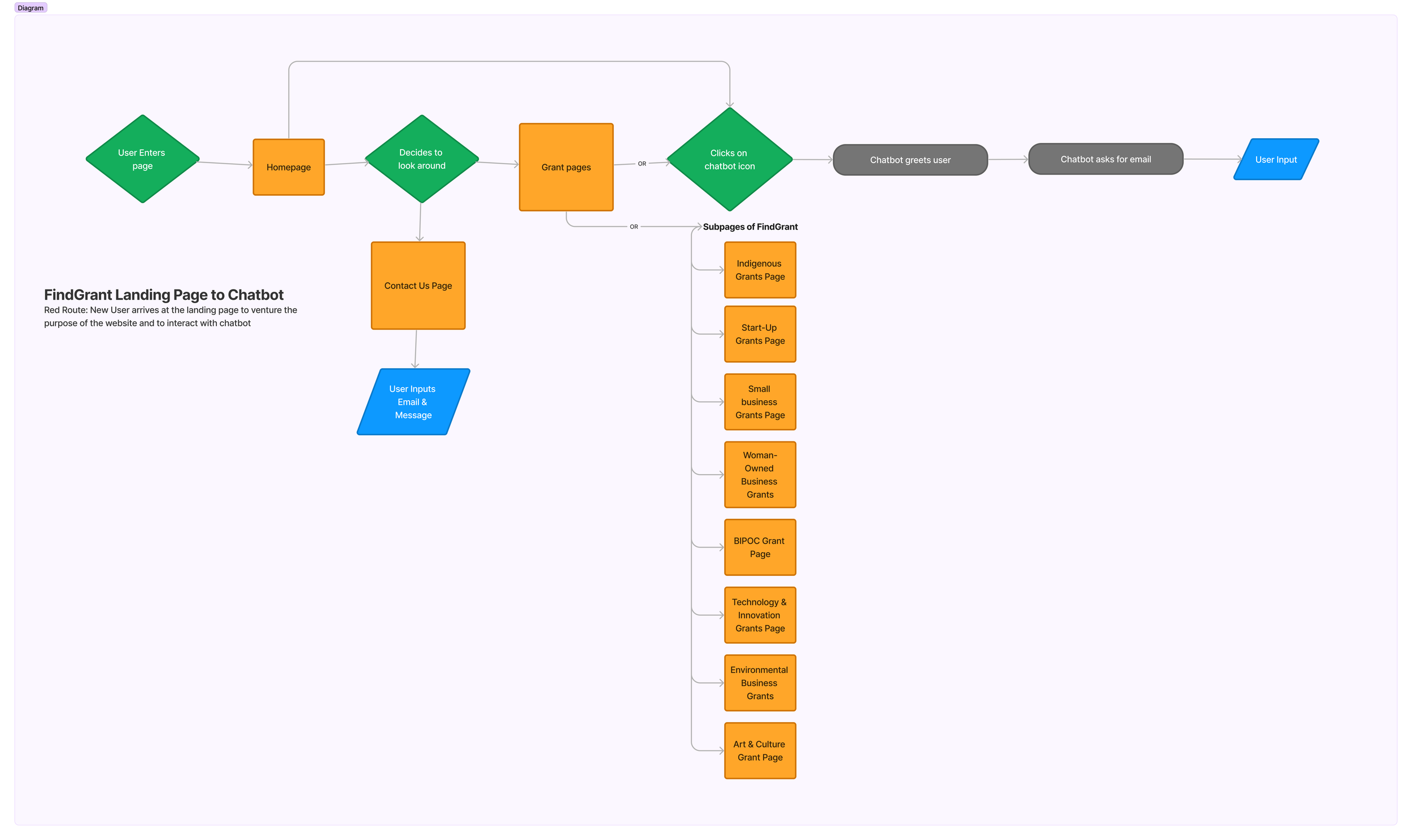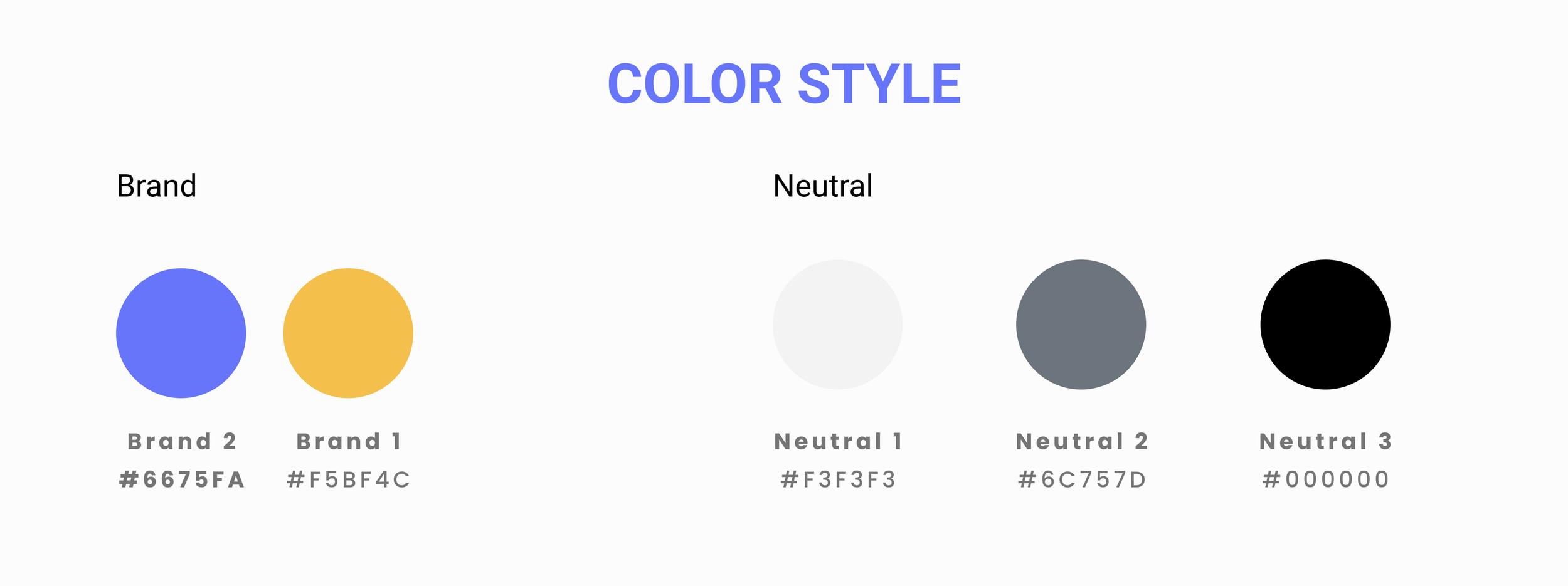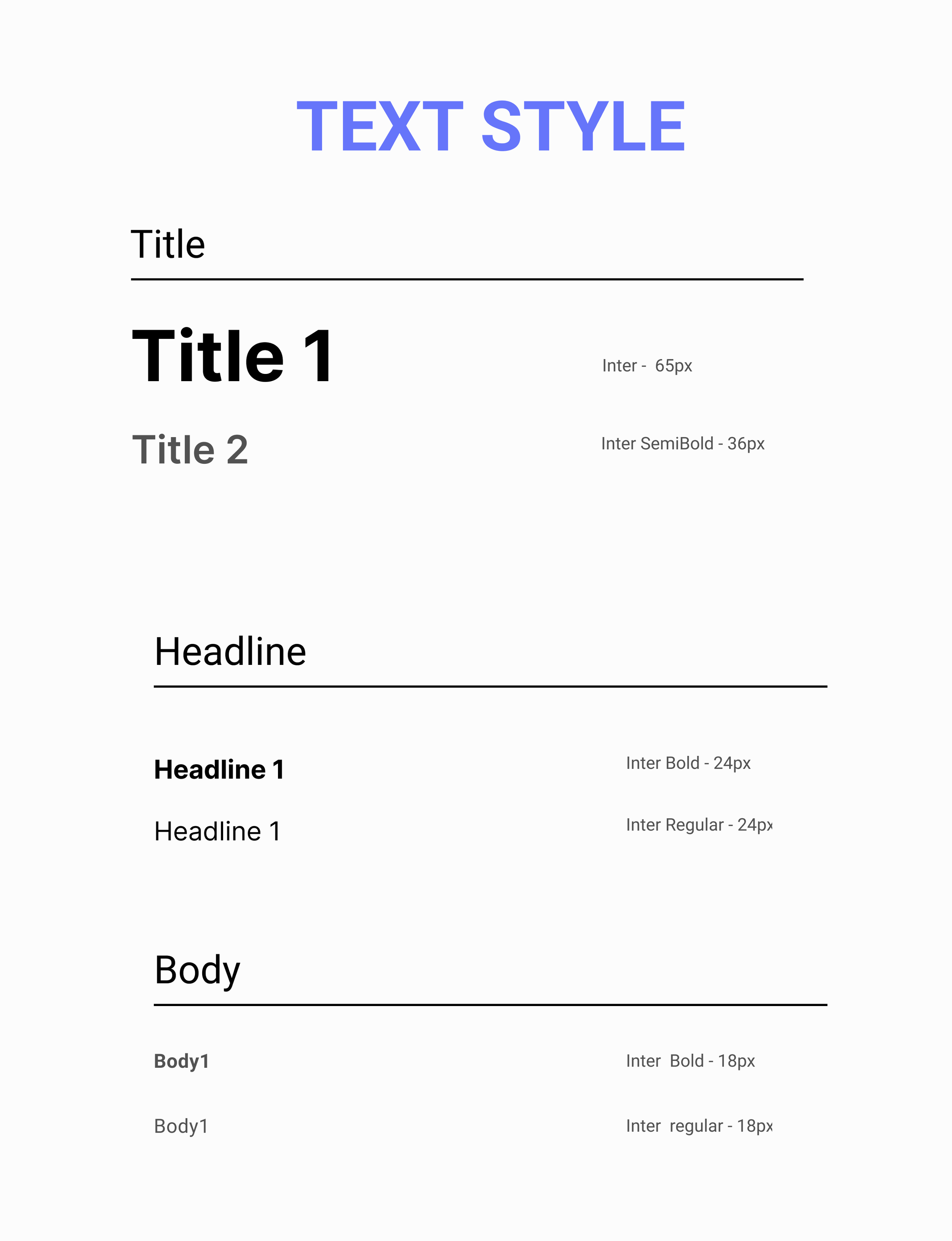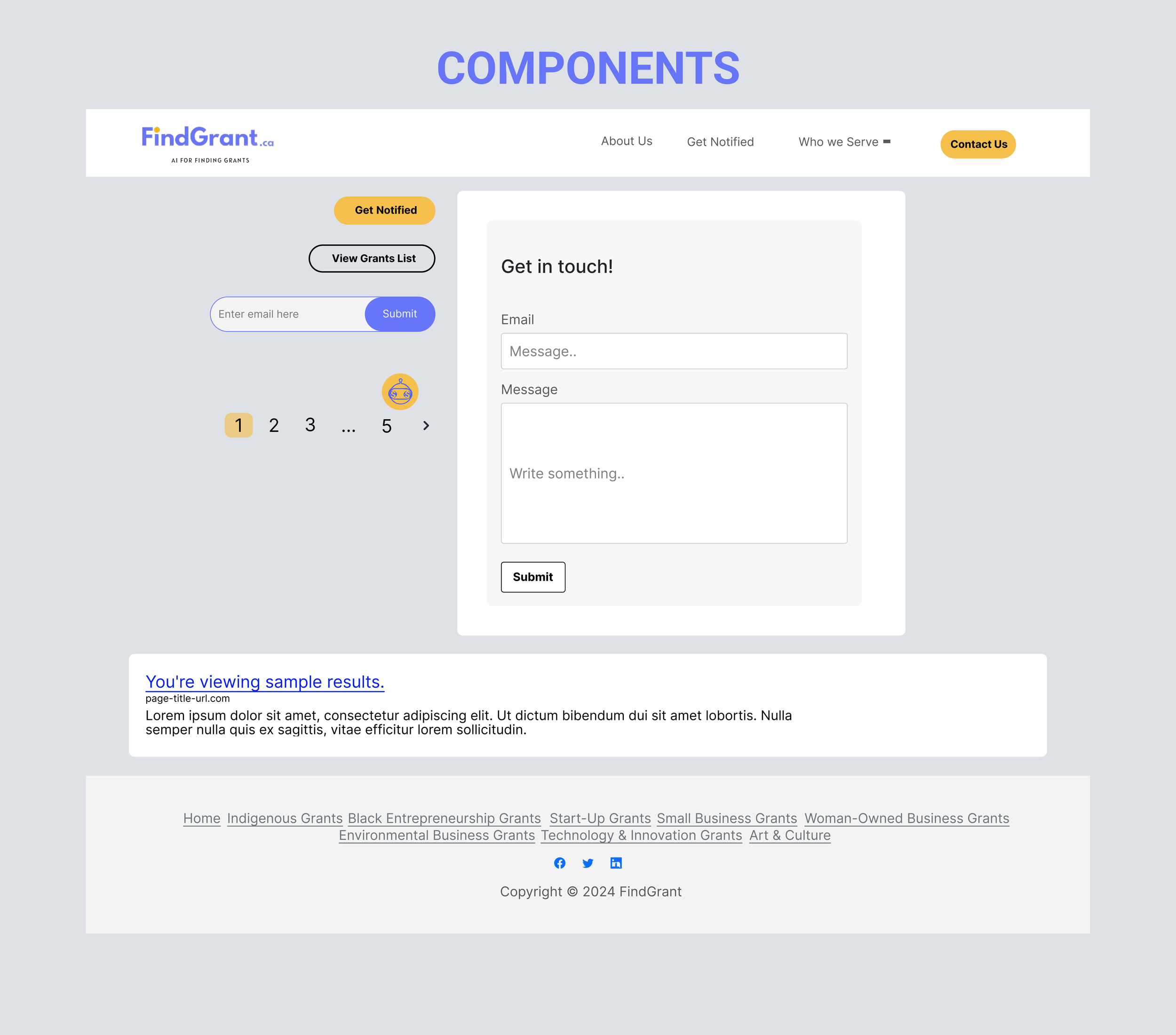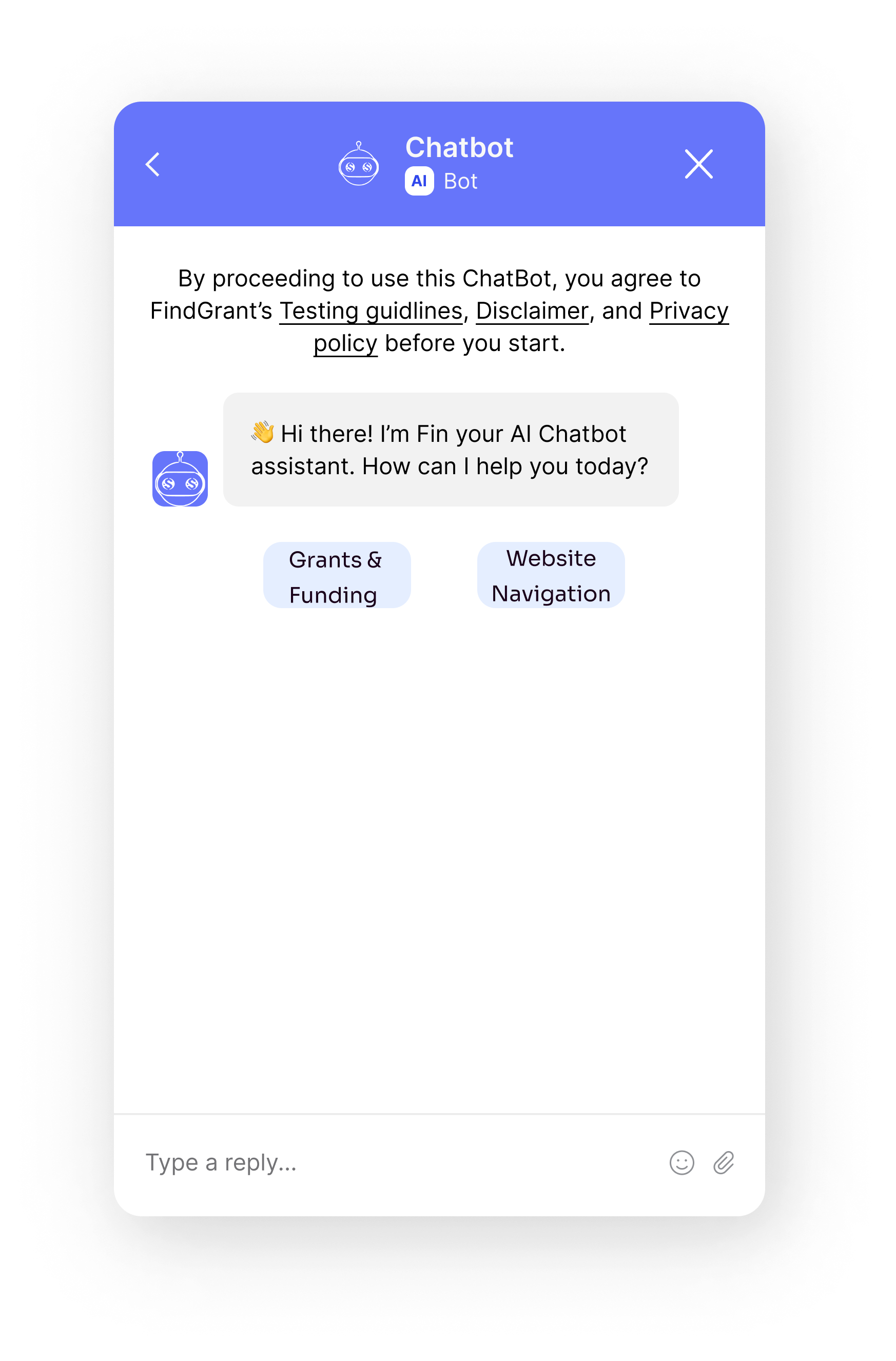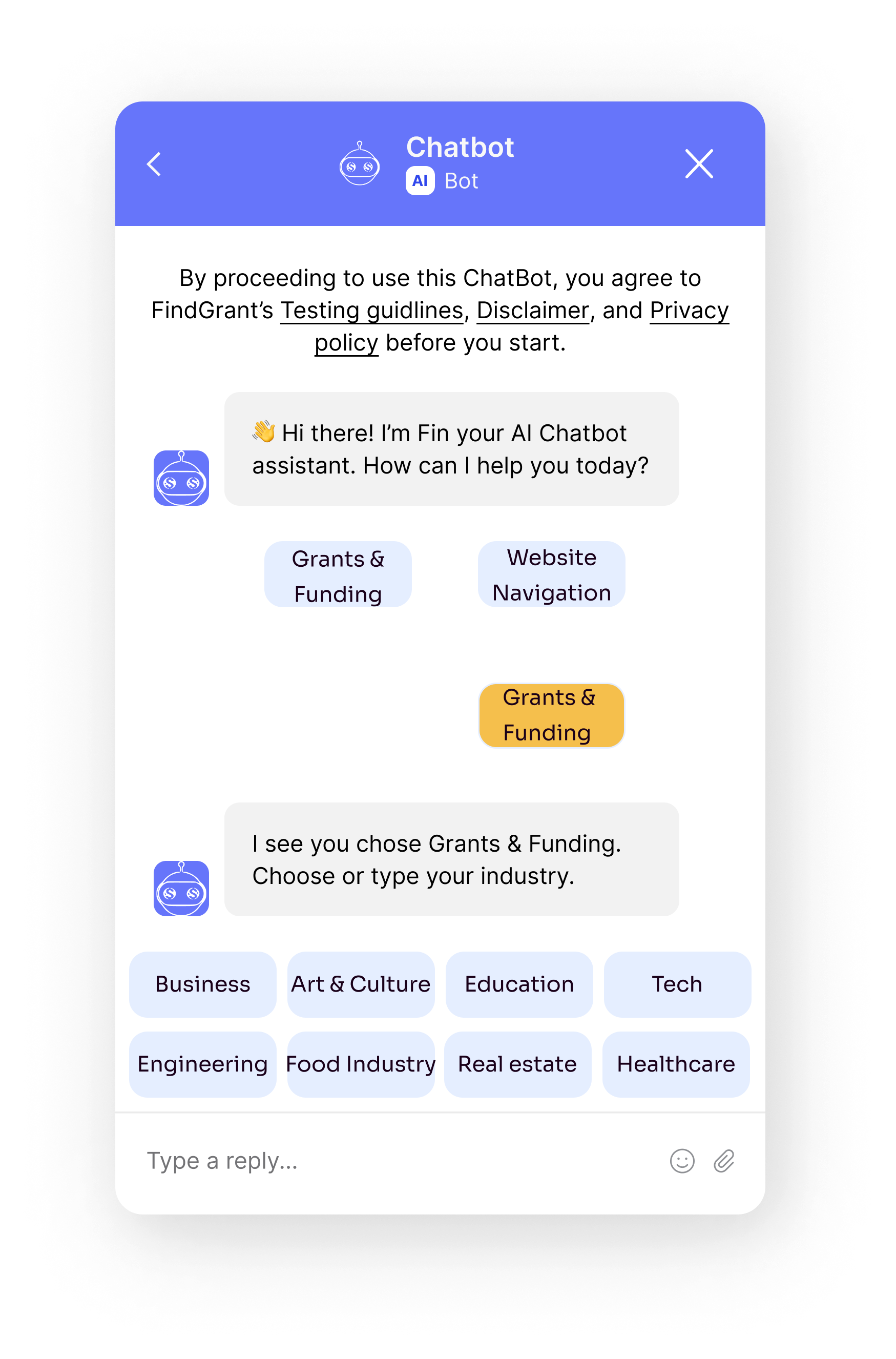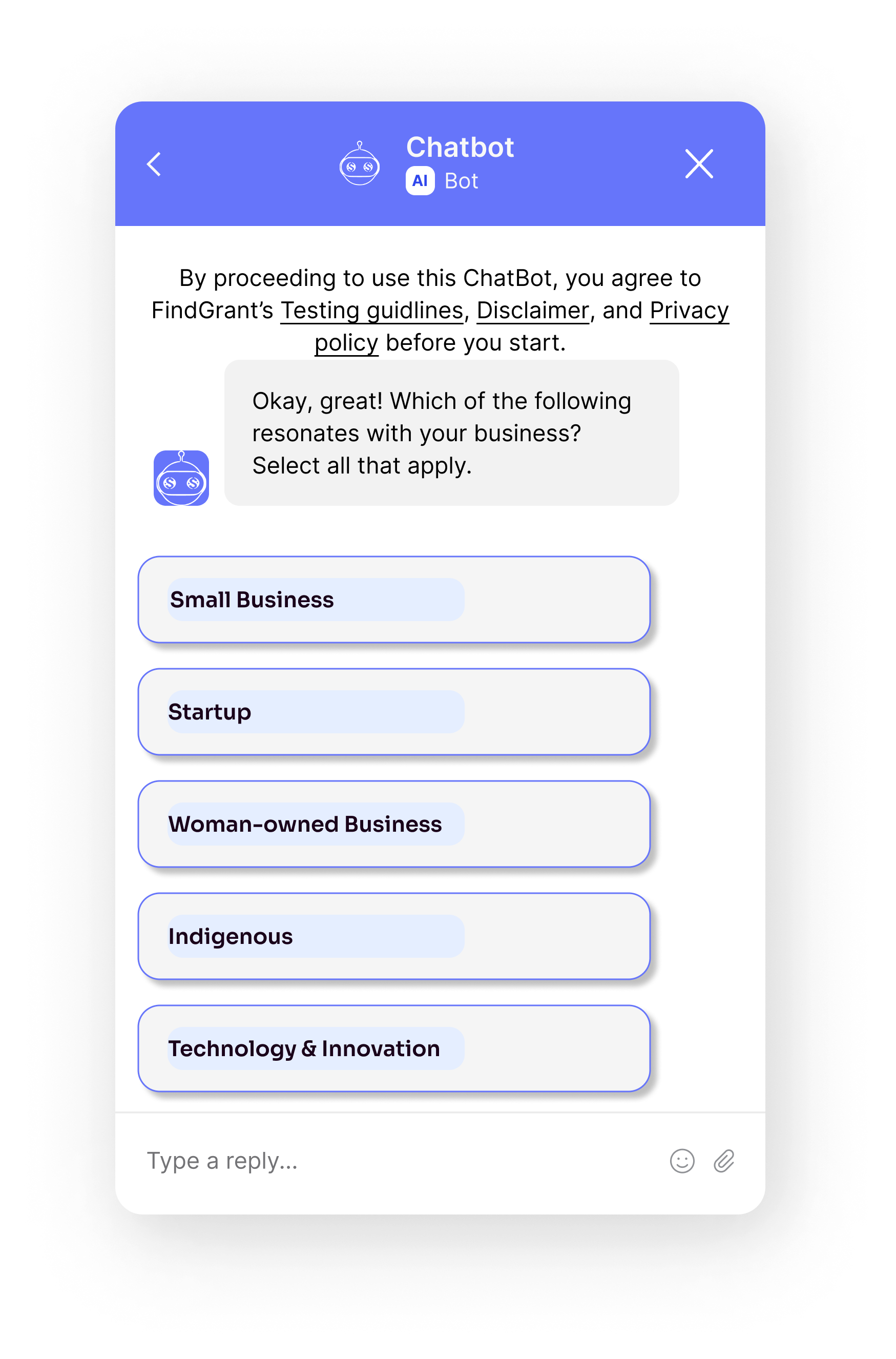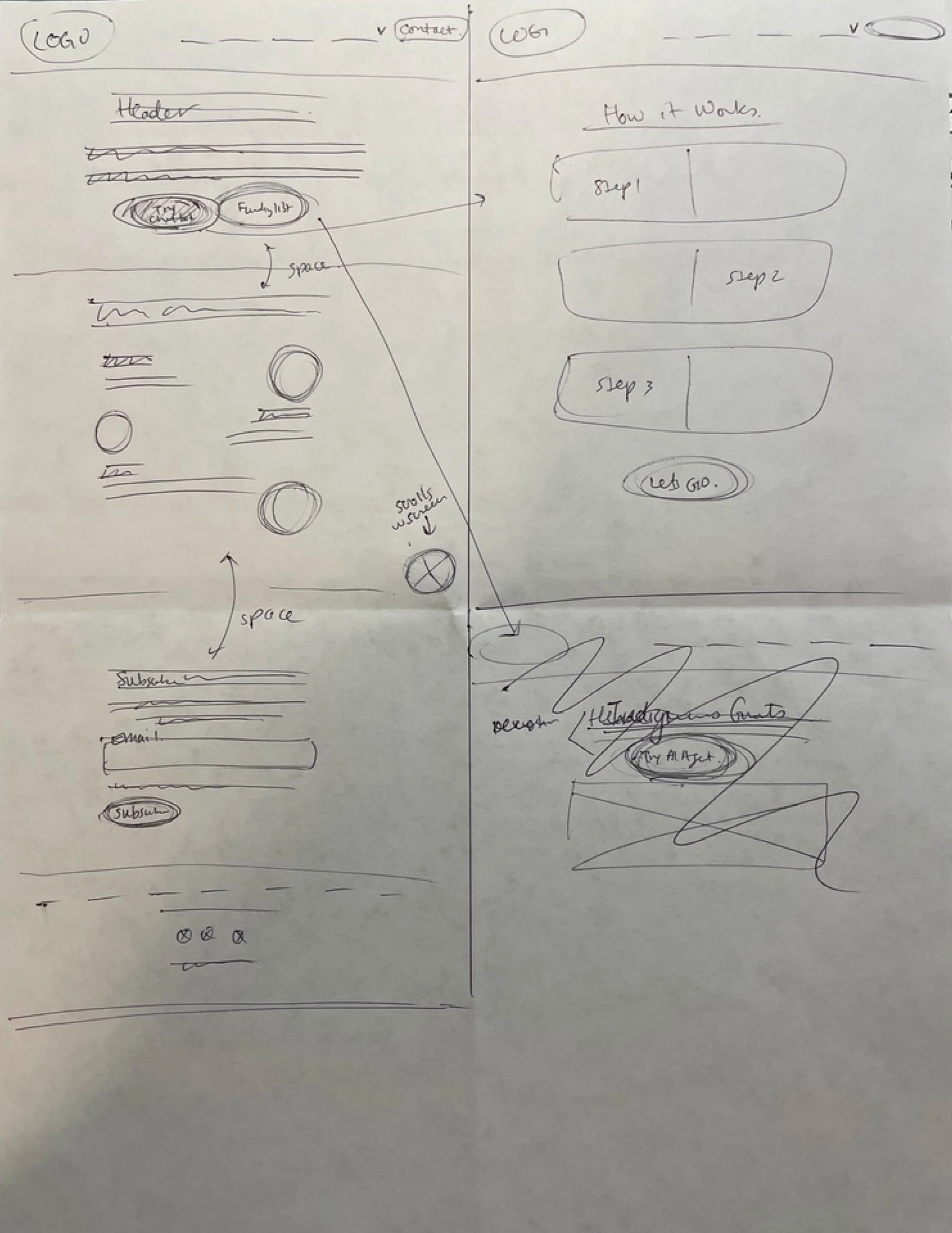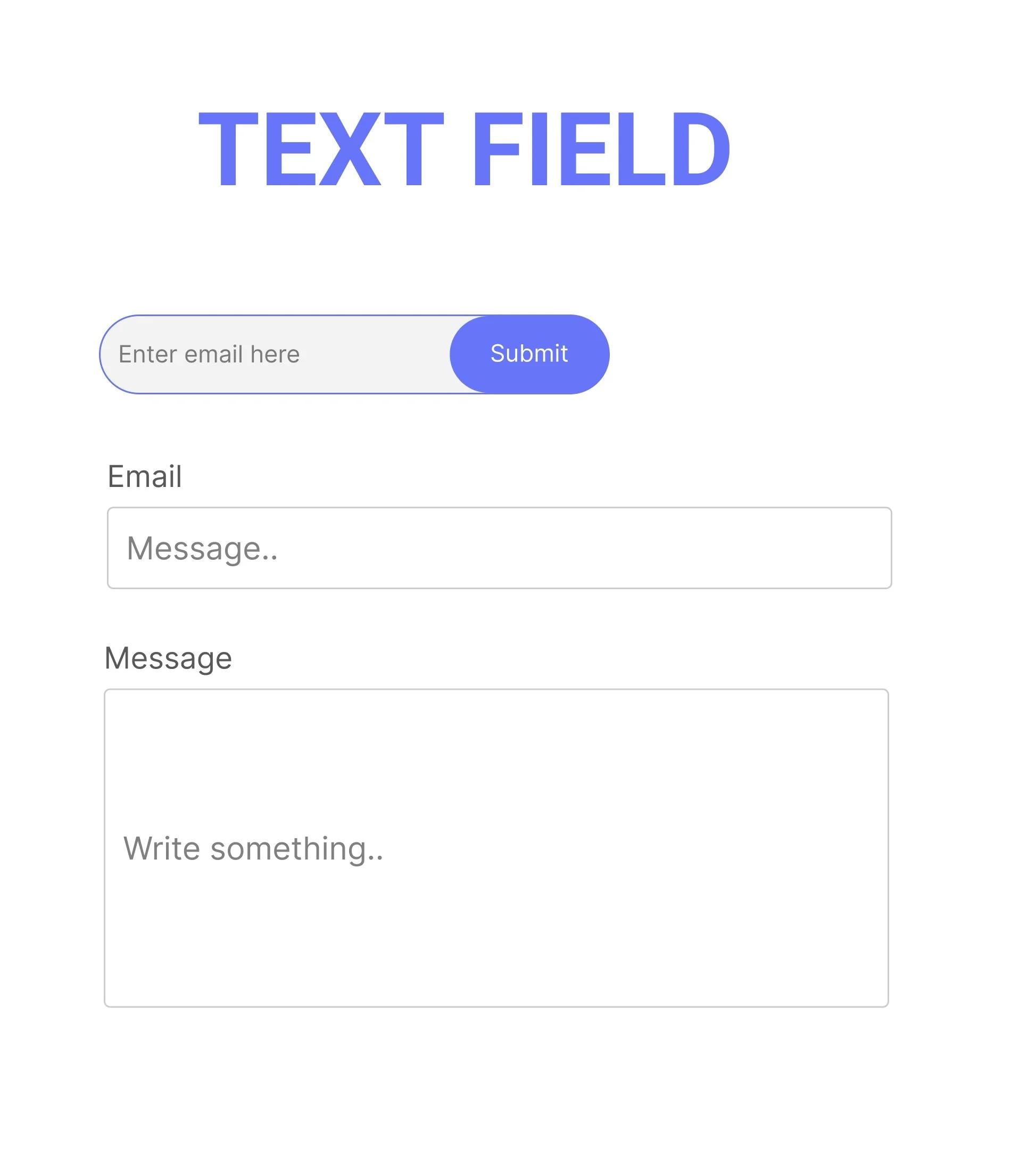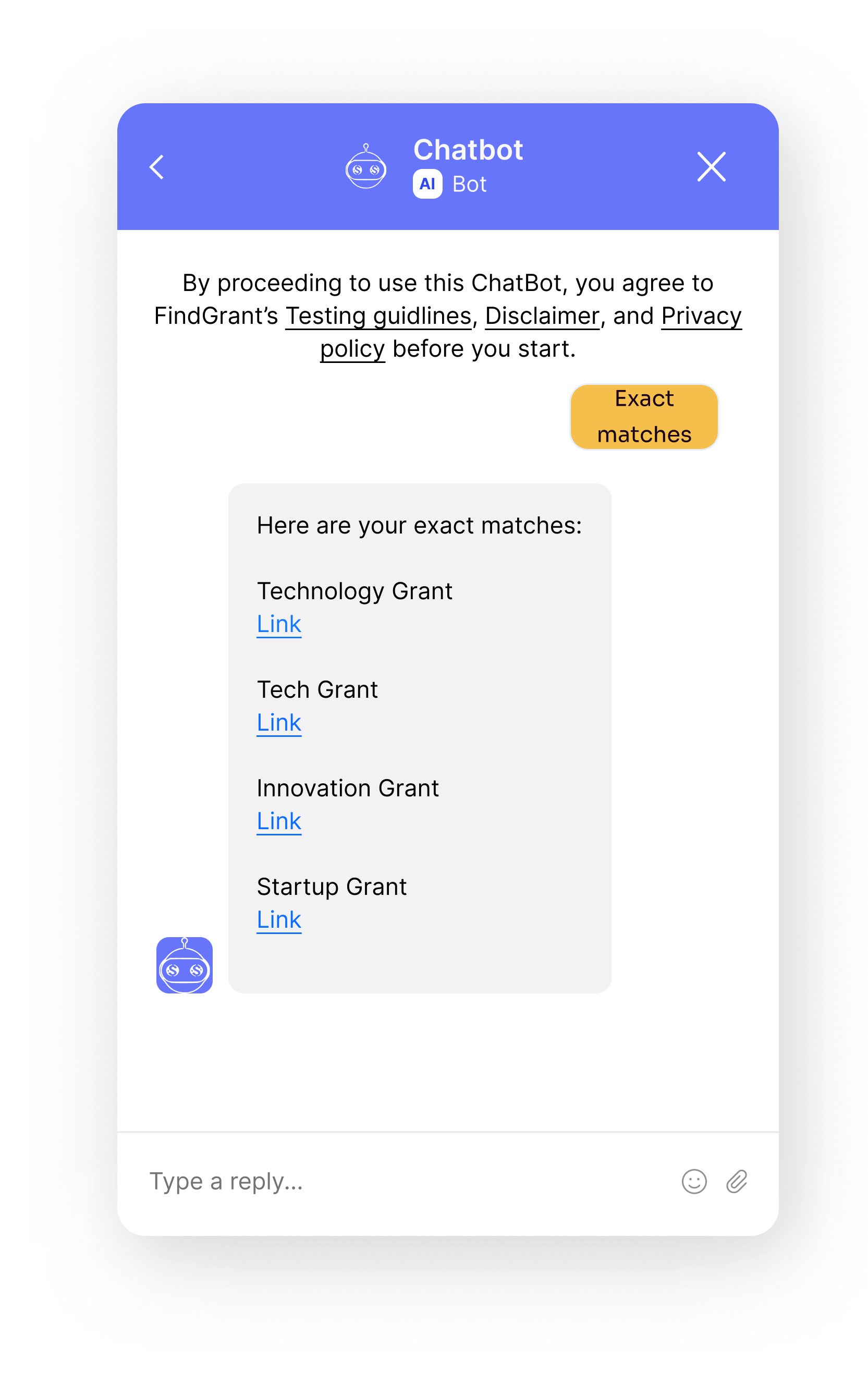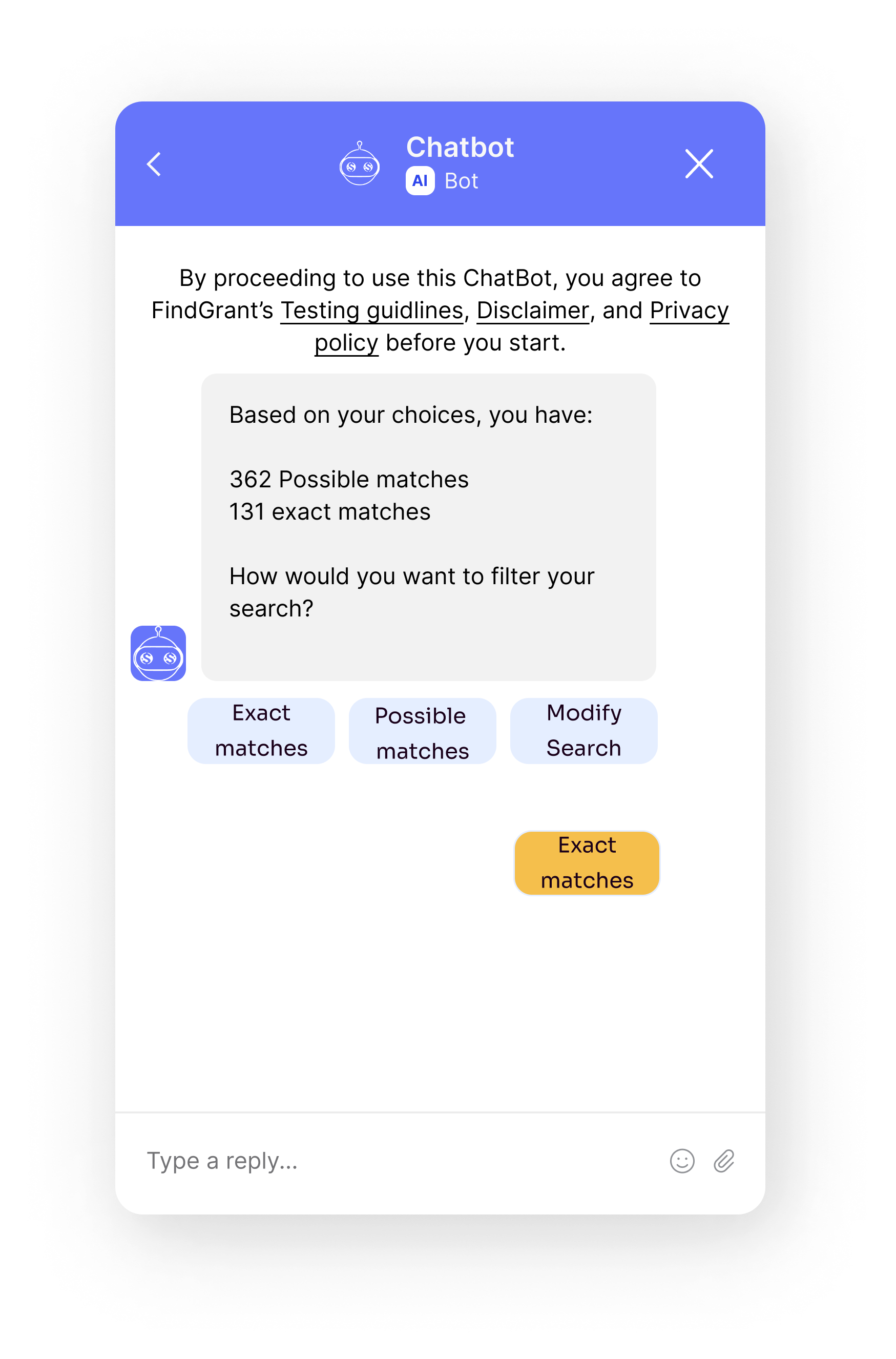
Industry Design Project:
Website Redesign & Improve Chatbot User Flow

OverviewImprove company’s website design and user experience with their chatbot.
To start, we collectively familiarized ourselves with the existing product to understand its business goals, requirements, and user feedback. We conducted an audit of the current user flow to identify pain points, bottlenecks, and areas for improvement. The next stage involved analyzing the design strengths and weaknesses of both direct and indirect competitors, followed by actionable recommendations. Based on the collected user feedback, we designed improved user flows for finding grants using the chatbot. Once the flows were finalized, we turned the wireframes into high-fidelity designs ready for testing. Finally, we packaged all deliverables and findings in a format that would be easily understood and incorporated into future projects.
Project Type:
Industry Design Project - Freelance
Duration:
4 weeks
Tools:
Figma, Google Docs, Google Meet

ProblemStarting a month-long internship with a new team felt like being thrown into the wild, having to think on our feet to survive. Three different designers, including myself, were tasked with redesigning a company’s website and updating the user flow of their chatbot. Initially, I felt like a contestant on 'Survivor' on the first night. We faced clashing opinions and differing perspectives as we worked to find solutions. However, by emphasizing effective communication and respecting each other's viewpoints from the start, we were able to strategize and collaborate more effectively, making the task at hand easier to overcome.
Role
Audit company website and user flow.Familiarizing ourselves with the company's chatbot.Conduct research on usability tasks that should be administered.Analyze and report best practice recommendations and trends from competitors.
Constraints
Audit, analyze, report, design, and deliver in 1 month.
Work remotely with fellow designers in different time zones.
Once a week check-ins with the stakeholders.
Challenge
Website was live but Chatbot was in Beta Testing.
No Real Analytics or Metrics to review
Limited data on user tests only testing was preview tests.
Goal
Improve the users’ experiences with company’s website interface .
Analyze and Report areas of opportunity to improve the journey of their user’s from a customer perspective interacting with their chatbot.

Understanding The ChallengeCompany Review - Heuristic Analysis
“I thought the links in the menu would take me to a specific landing page, but it just looks like it takes me to the same section on the page again.”
Competitor Analysis Review
The Principles to prioritize:
User control and freedom (emergency exit)
Consistency and Standards (platform conventions)
Aesthetic and minimalist design (only necessary elements)
Help users recognize, diagnose, and recover from errors
“I’d like some confirmation that my answer was inputted correctly, I’m not sure what level of detail the chatbot understood. I wonder if it will be a waste of time.”
Website Landing Page User Journey
ChaBot UserFlow Journey
User testing Feedback
“If the ChatBot experience sounded more conversational this would help users feel as if they are asking a person for help.”
Userflow / User Journey Map

Design ProcessSketches
UI Design Style Guide
Low Fidelity Wireframes
Hi Fidelity Designs

Mock Up Home Page

Proposed Home Page Layout

Mock Up Grant Page

Proposed Grant Page

Proposed Contact Us Page

Mock Up Contact Us & View Results Page

Proposed View Results Page
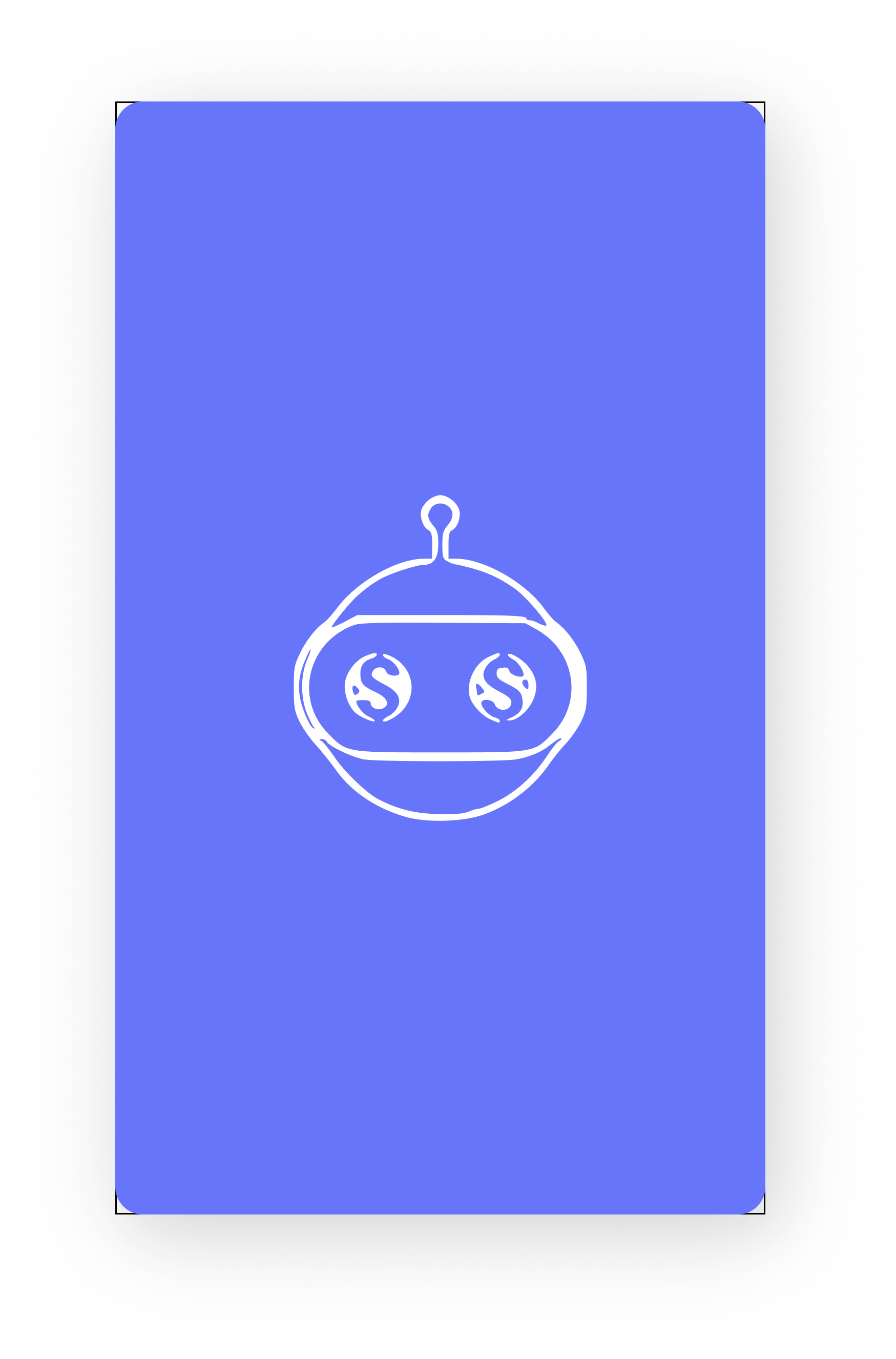
ChatBot Loading Screen 1
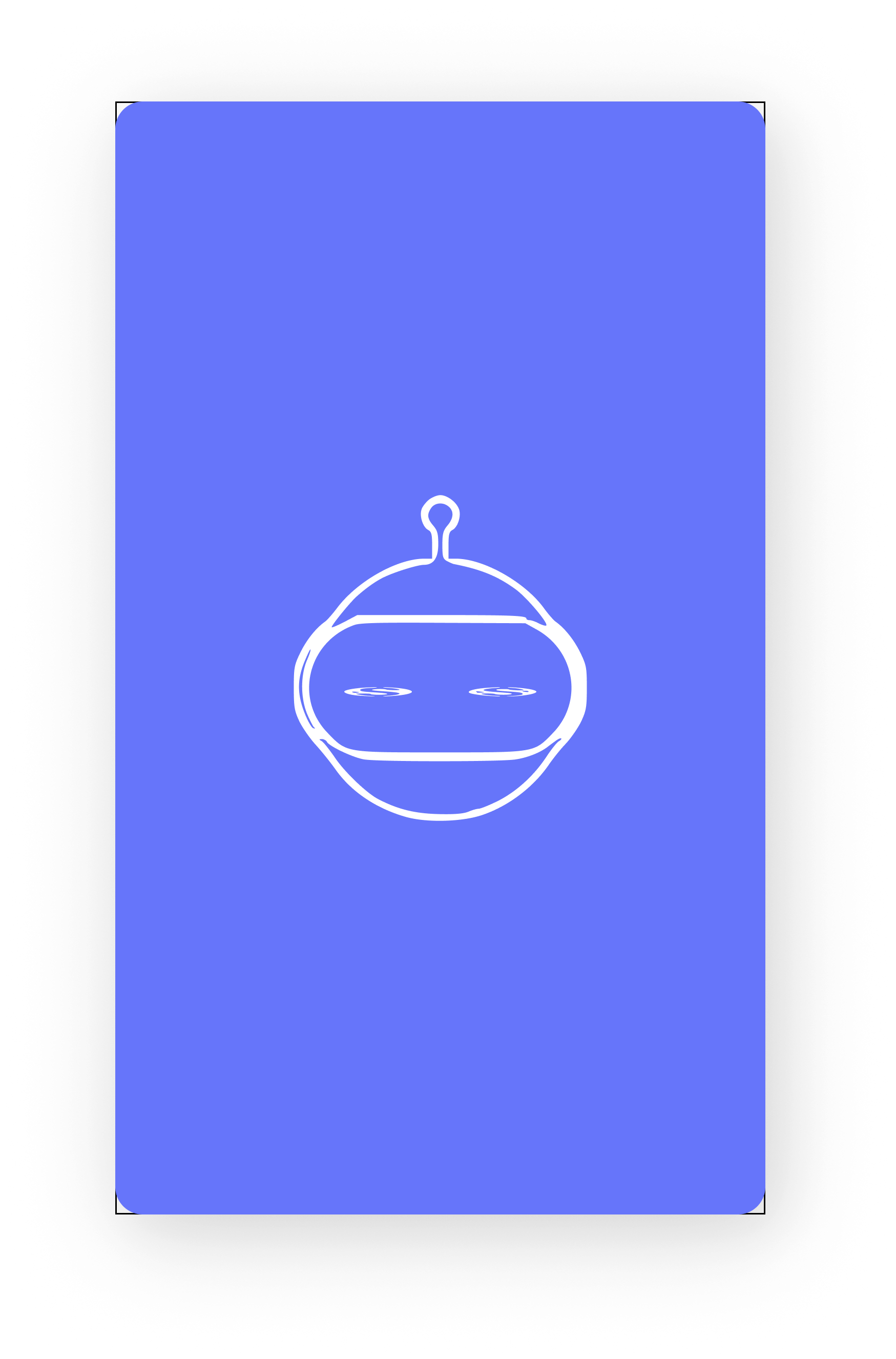
ChatBot Loading Screen 2
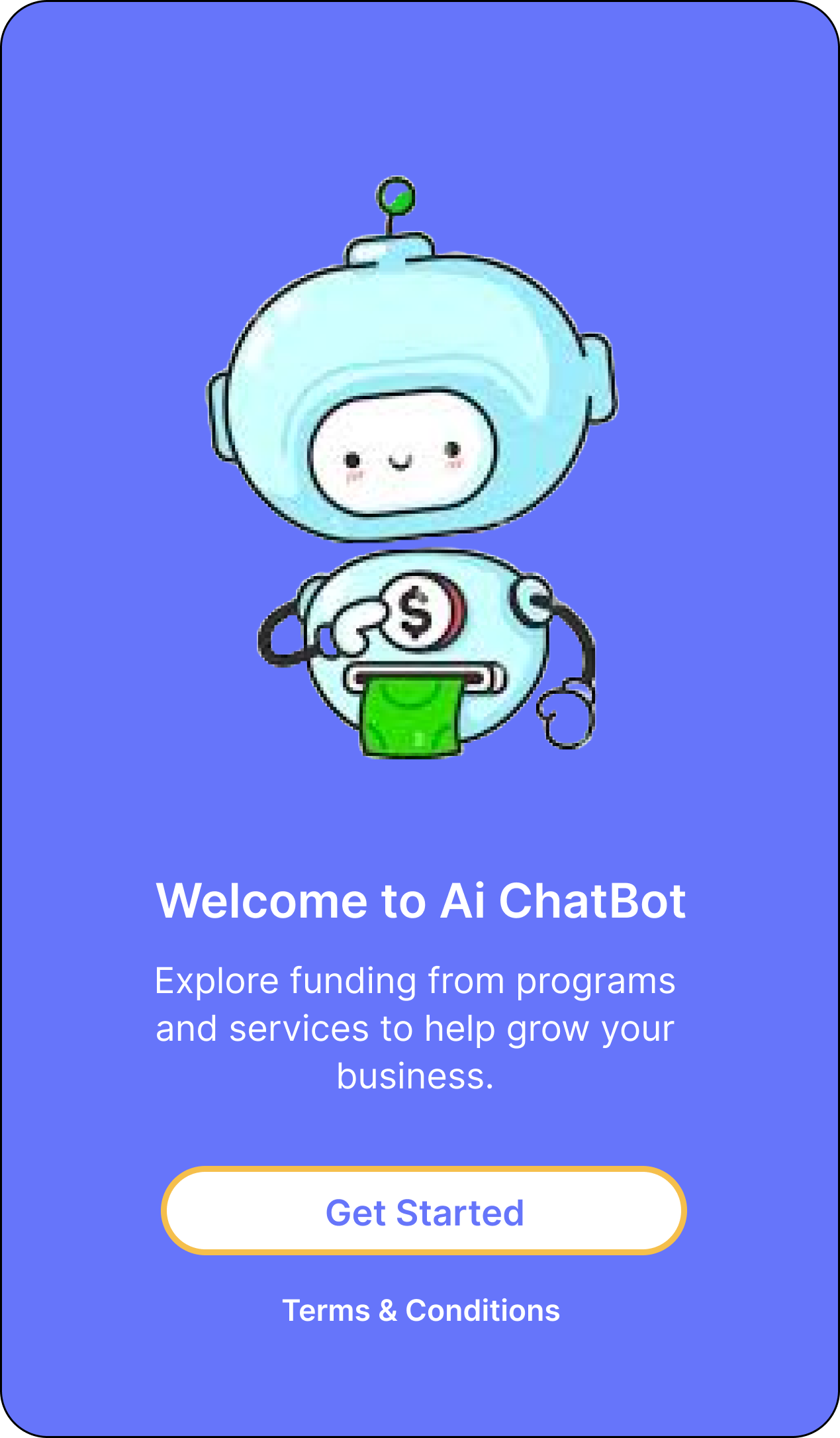
ChatBot Get Started Screen

ChatBot Home Screen

ChatBot Chats 1
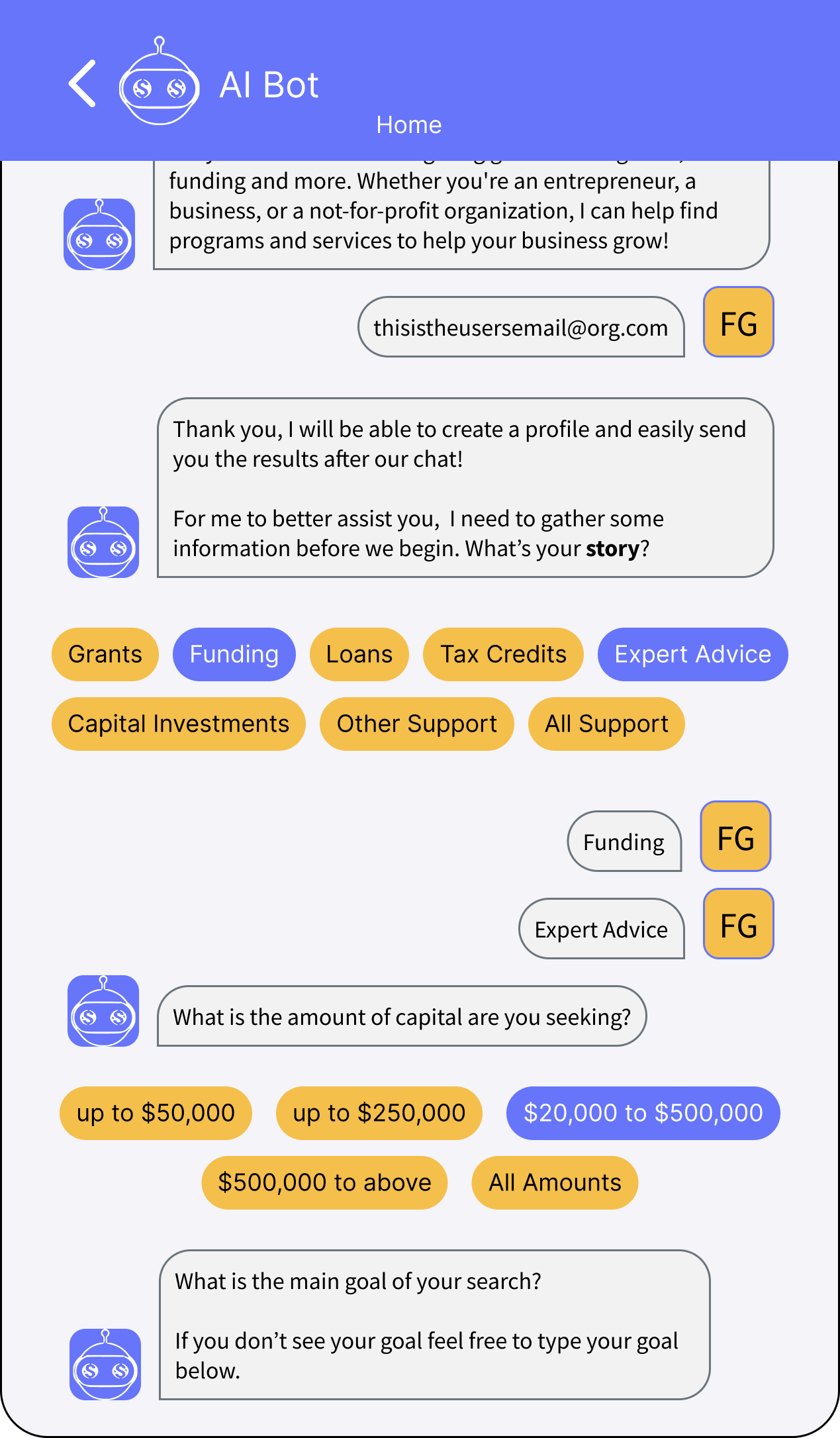
ChatBot Chats 2

ChatBot Chats 3
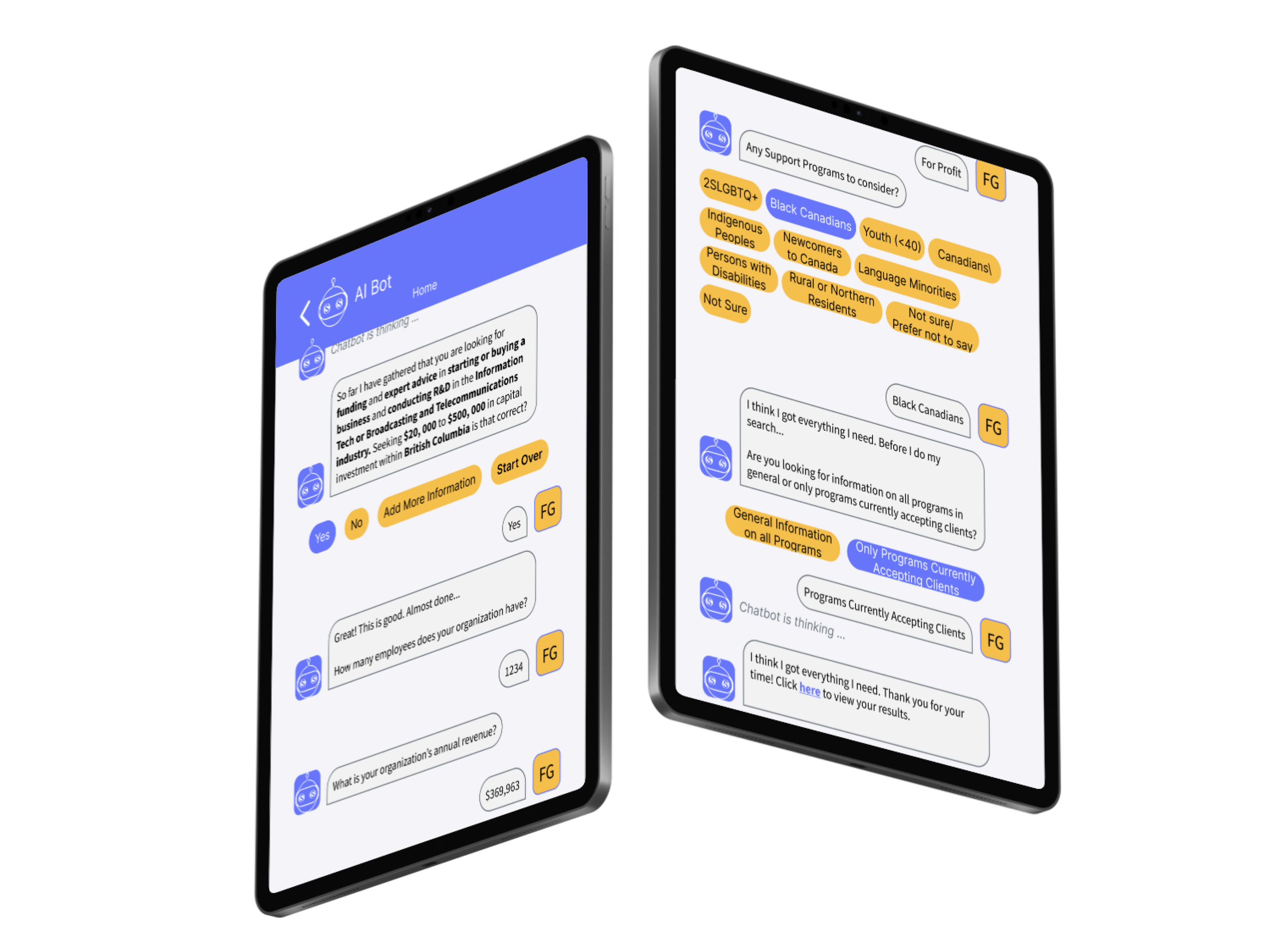
Mock Up ChatBot

TakeawaysNext Steps…
Conduct continuous usability testing with users.
Implement and refine the UX language that will create a tone of voice that is more aligned with users.
Strategize ongoing user engagement to maintain and grow user satisfaction.
What I learned…
Through user research, we learned the users’ needs, behaviors and pain points. Our competitive research gave us a comprehensive view of how others solve their UI/UX problems so that we can apply them. Testing and improving was key to creating a user-centric product. Our research data enabled us to make informed evidence based design decisions. Consequently the final product was more aligned with user expectations and requirements.
